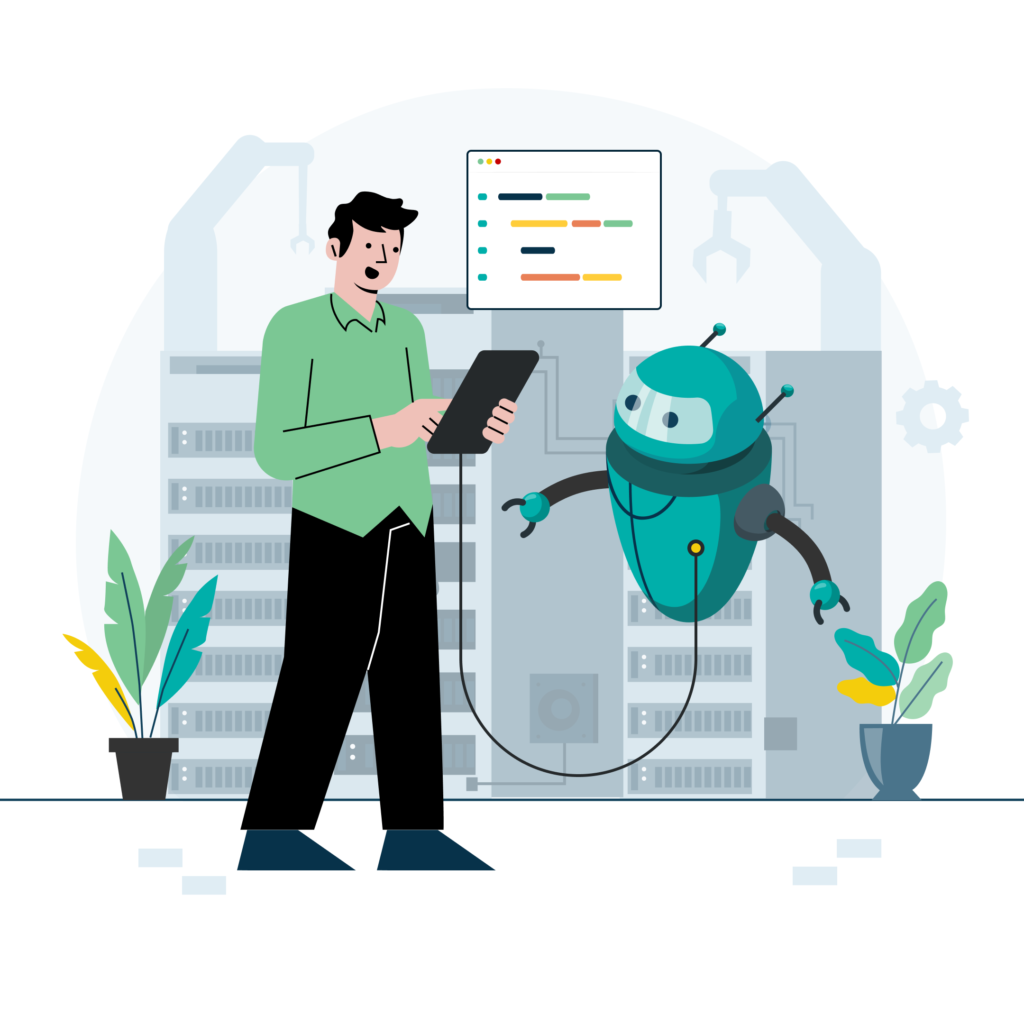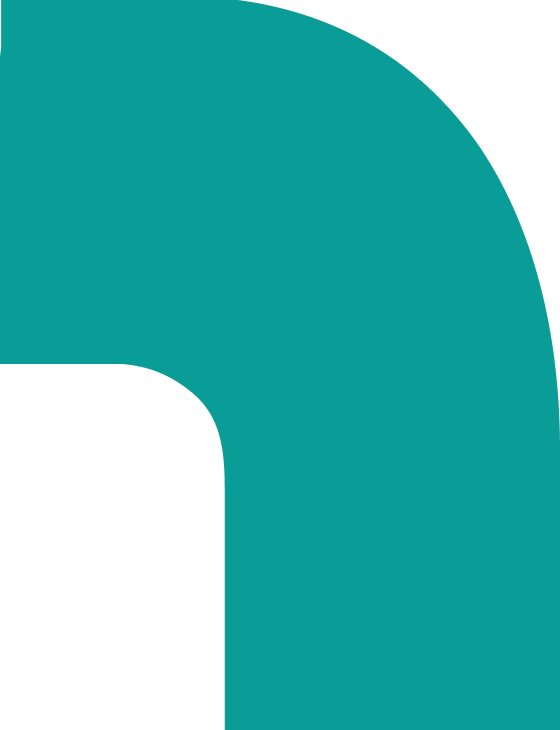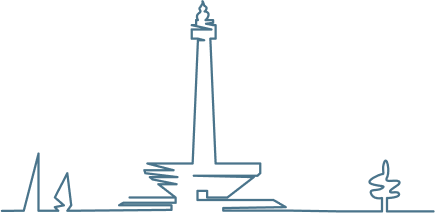When people talk about “maintainable code” they’re actually conflating two completely different goals that often pull in opposite directions. You’re facing dual pressures: your systems need to survive team turnover while also lasting beyond the typical 5-7 year architecture lifecycle.
Knowledge transfer is about optimising for the next person who’s going to touch the code. Architectural longevity is about optimising for the system’s ability to evolve over a decade. These goals can conflict – what makes code easy for newcomers may not make systems easy to change.
This distinction is a critical aspect of understanding how time horizons impact maintainability planning. When you confuse these goals, you end up solving the wrong problem. You might spend weeks simplifying stable infrastructure that rarely changes while your frequently-modified business logic remains a tangled mess.
The key decision variable is modification frequency. Code that changes frequently needs clarity for constant onboarding. Stable code needs durability for rare evolution.
This article distinguishes these goals, provides decision frameworks, and shows when to optimise for each.
What is the difference between building for the next developer and building for the next decade?
Building for the next developer is all about knowledge transfer and onboarding ease. You care about code readability, clear documentation, intuitive structure, low cognitive load. Success is measured by how quickly new developers can independently make changes.
Building for the next decade is about architectural longevity and system durability. You care about loose coupling, stable boundaries, technology choices with long-term support, architectural flexibility. Success is measured by how long until you need a fundamental redesign.
These goals can conflict because optimising for one often compromises the other. Highly abstracted, generic designs favour longevity – they give you flexibility to evolve as requirements change. But straightforward, explicit implementations favour readability – new developers understand what’s happening without navigating layers of indirection.
GitHub maintained a monolithic Rails application for years because it optimised for developer understanding and velocity. Every engineer could navigate the codebase and make changes. But as the system scaled, they shifted towards service extraction to enable independent evolution – favouring architectural longevity over immediate readability.
The key insight: modification frequency determines which goal to prioritise. Code that changes frequently needs optimisation for knowledge transfer because you’re constantly onboarding developers to that code. Code that changes rarely needs optimisation for architectural longevity because it needs to work reliably when it’s finally touched years later.
How does knowledge transfer differ from architectural longevity as a maintainability goal?
Knowledge transfer is about continuity of understanding when people change. It’s measured by onboarding time, documentation quality, and bus factor risk. Your tactics include clear code, comprehensive documentation, pair programming, code reviews.
Architectural longevity is about continuity of system viability when requirements change. It’s measured by architectural lifecycle duration, ease of technology updates, refactoring frequency. Your tactics shift to loose coupling, clear boundaries, technology stack stability, incremental redesign capability.
Different types of technical debt affect each differently. Complexity debt – convoluted logic, unclear naming, inconsistent patterns – primarily harms knowledge transfer. It increases onboarding time and cognitive load for new developers.
Coupling debt – tight dependencies between modules, blurred boundaries, shared mutable state – primarily harms architectural longevity. It makes changes risky and expensive, requiring cascading modifications.
Some debt is both types. Unclear boundaries create confusion and coupling simultaneously. But tracking debt types separately enables better paydown decisions.
Which type of debt to prioritise depends on your context. High-turnover teams should prioritise reducing complexity debt. Stable teams with long-term systems should prioritise reducing coupling debt.
When should I optimise my architecture for easy onboarding versus long-term stability?
Modification frequency is your key decision variable.
High-frequency change areas need optimisation for knowledge transfer. Constant changes mean constant onboarding of developers to that code. Clear, straightforward implementations reduce cognitive load for frequent visitors.
Consider your authentication flows, core business logic, API endpoints. Developers are constantly in these areas. Optimise them for readability. Use explicit implementations over clever abstractions.
Low-frequency change areas need optimisation for architectural longevity. Code that’s touched rarely needs to work reliably when it’s finally changed years later. Durability, clear boundaries, and decoupling matter more than immediate readability.
Consider your database migration framework, background job processing, logging infrastructure. These rarely change, but when they need to, you need clean boundaries and loose coupling to make changes safely.
Team stability influences your decisions. High turnover teams lean towards knowledge transfer optimisation. Stable teams can afford more sophisticated designs for longevity.
System maturity affects the balance. Early-stage systems optimise for change velocity and onboarding. Mature systems shift towards architectural longevity as core patterns stabilise.
Business context matters. Some industries require decade-long system lifespans – financial services, healthcare, government. Others expect 2-3 year horizons – consumer startups, experimental products. Understanding your business context is fundamental to the broader temporal framework for technical decision-making.
Here’s your decision framework: map your codebase by change frequency and team turnover risk.
High-frequency changes + high turnover: prioritise knowledge transfer optimisation. This is core product code in fast-growing startups. Optimise for readability above all.
High-frequency changes + stable team: balanced approach leaning knowledge transfer. The team can handle some abstraction, but velocity matters more.
Low-frequency changes + high turnover: balanced approach, leaning towards architectural longevity. New people will touch this eventually, but rarely. Document reasoning, keep boundaries clear.
Low-frequency changes + stable team: prioritise architectural longevity optimisation. This is infrastructure code in mature companies. Invest in proper abstraction, clean boundaries, durability.
What types of technical debt harm onboarding versus long-term system evolution?
Not all technical debt is equal in impact. Understanding the distinction determines where to invest your limited refactoring budget.
Complexity debt harms knowledge transfer. Convoluted logic, unclear naming, inconsistent patterns, poor code organisation make code harder to understand. Picture a 200-line function with nested conditionals five levels deep, using variable names like x, temp, and data2. Understanding what it does requires hours of mental reconstruction – repeated every time someone encounters it.
Cognitive load research suggests people can hold approximately four items in working memory. Complexity debt directly increases cognitive load.
Coupling debt harms architectural longevity. Tight dependencies between modules, blurred boundaries, shared mutable state make changes risky and expensive. Picture updating user authentication. In well-bounded systems, you modify the authentication module and you’re done. In tightly coupled systems, authentication logic is scattered across controllers, business logic, database queries, and background jobs. Every change risks breaking something distant.
Your prioritisation depends on context. High-turnover teams should prioritise reducing complexity debt because onboarding friction is the primary risk. Stable teams with long-term systems should prioritise reducing coupling debt because evolution capability is the primary risk.
Systems with frequent changes need complexity debt reduction in hot-change zones. Refactor frequently-touched code for readability. Stable systems need coupling debt reduction to enable safe evolution when changes finally come.
How do documentation practices support knowledge transfer versus system longevity?
Different documentation serves different goals. Understanding which supports which helps you allocate limited documentation effort effectively.
Knowledge transfer documentation includes README files, code comments, onboarding guides, how-to tutorials. These help new developers understand what the system does and how to work with it. This documentation becomes outdated quickly and requires maintenance as code changes. Its value lies in reducing onboarding friction, making the maintenance effort worthwhile.
Architectural longevity documentation includes Architecture Decision Records (ADRs), system context diagrams, dependency maps, technology choice rationale. These preserve context for why the system is designed as it is. This documentation remains relevant longer because it captures reasoning, not implementation details.
ADRs support both goals uniquely. They help new developers understand the “why” behind surprising design choices. They help future maintainers understand constraints when considering evolution.
Without ADRs, decisions that seem obvious today become mysterious years later when context is lost and original decision-makers have left. An ADR captures not just what was decided but why, what alternatives were considered, and what constraints existed.
An ADR should include title, status, context, decision, consequences, decision makers and stakeholders. Keep ADRs concise – 1-2 pages, readable within 5 minutes. ADRs are immutable. If you’re revisiting a decision, update status to “Superseded by XXX” and create a new ADR.
Your documentation strategy should match priorities. Knowledge-transfer focus means investing in living documentation, code-level clarity, pair programming. Longevity focus means investing in decision recording, architectural diagrams, technology lifecycle tracking.
Focus documentation on concepts that change slowly: architectural principles, system context, domain understanding, decision rationale. Avoid documenting implementation details that appear in the code itself.
Should I choose technologies my team knows or newer technologies with better long-term support?
Technology stack decisions create tension between immediate productivity and long-term viability.
Team expertise with a familiar stack optimises for knowledge transfer. New developers onboard faster using technologies they already know. But your familiar technology may be approaching end-of-life or losing ecosystem support.
Newer technology with better long-term support optimises for architectural longevity. Modern frameworks often provide better performance, security, and evolving ecosystems. But it creates steeper learning curves and longer onboarding.
Consider these decision factors: time horizon, team stability, technology lifecycle stage, ecosystem momentum.
Time horizon: how long do you expect this system to live? A 2-year MVP justifies using whatever your team knows. A 10-year platform requires investing in technologies with long-term viability.
Team stability: will your current team members stay long enough to justify the learning investment? If you’re expecting 50% annual turnover, hiring for new technology becomes harder. If your team is stable for 3-5 years, the learning investment pays off.
Technology lifecycle stage: is the familiar tech mature or declining? Rails is mature and stable. AngularJS is declining and unmaintained.
Ecosystem momentum: is the newer technology gaining adoption or still speculative? React has momentum. Some new framework with minimal adoption is speculative.
A hybrid approach splits the difference: use familiar tech for high-change areas, invest in modern tech for stable foundations.
Core infrastructure that changes rarely justifies the learning curve for longevity. Your database layer, authentication system, deployment pipeline – these rarely change but must work reliably for years. Invest in modern, well-supported technologies even if the team needs to learn them.
Business logic that changes frequently favours team familiarity for velocity. Your product features, API endpoints, user workflows – these change constantly. Use what your team knows to maintain development velocity.
How do I design system boundaries that support both developer understanding and long-term evolution?
System boundaries significantly affect both goals.
Clear boundaries support knowledge transfer. Well-defined modules with explicit interfaces reduce cognitive load. New developers can understand one module without understanding the entire system. Bounded contexts create mental models that match the domain.
Clear boundaries support architectural longevity. Loose coupling allows independent evolution of different system areas. Cohesive modules can be refactored or replaced without cascading changes. Stable interfaces enable incremental modernisation without full rewrites.
Domain-Driven Design provides boundary-definition practices. Bounded contexts delimit areas within applications representing distinct business capabilities, helping isolate functionalities and data schemas. By identifying subdomains, bounded contexts and their relationships, you create architecture aligned with business goals and organisational structure.
Ubiquitous language creates shared terminology that aids knowledge transfer. When developers, product managers, and domain experts use the same terms with the same meanings, communication becomes clearer and code becomes more readable.
Here are practical boundary-definition principles:
High cohesion within modules: keep related things together. All code related to user authentication lives in the authentication module.
Low coupling between modules: minimise dependencies. The billing module doesn’t directly access authentication database tables. It calls authentication module public interfaces instead.
Explicit interfaces: reveal intent without exposing implementation. The authentication module exposes “authenticate user” and “check permission” methods, not “query users table” internals.
Boundaries at business capability seams, not just technical layers. Don’t just separate “database access” from “business logic.” Separate “user management” from “content management” from “billing.”
Test your boundaries: can you explain a module without referencing others? Can you change it without changing others? If these require qualification, your boundaries need refinement.
Boundaries require maintenance and redefinition as understanding evolves.
FAQ Section
How long does software architecture typically last before needing to be redesigned?
Most software architectures have a 5-7 year lifespan before fundamental redesign becomes necessary due to accumulated technical debt, technology obsolescence, or evolved requirements. However, well-designed architectures with clear boundaries and incremental modernisation practices can remain viable for 10+ years by evolving gradually rather than requiring complete rewrites.
What is the bus factor and how does it relate to knowledge transfer?
Bus factor is the minimum number of team members who must be unavailable before your project becomes blocked due to knowledge loss. Low bus factor (1-2 people) indicates knowledge concentration and poor knowledge transfer. Identify low bus factor areas and implement documentation, pairing, and code review practices to distribute knowledge and reduce succession risk.
Should I document architectural decisions that seem obvious at the time?
Yes, absolutely. Decisions that seem obvious today often become mysterious years later when context is lost and original decision-makers have left. Architecture Decision Records capture not just what was decided but why, what alternatives were considered, and what constraints existed. This proves invaluable for both onboarding new developers and making informed evolution decisions later.
How do I measure whether my knowledge transfer efforts are working?
Track onboarding time metrics: time until first commit, time until first independent feature, time until new developers feel confident reviewing others’ code. Survey new hires about what documentation was helpful and what was missing. Monitor how often experienced developers are interrupted with questions that should be answerable via documentation.
What is the relationship between microservices and the next-developer vs next-decade tradeoff?
Microservices can harm knowledge transfer by increasing system complexity and cognitive load for new developers. But they can support architectural longevity by enabling independent evolution and technology diversity. The tradeoff is most favourable when you have stable teams who can absorb the complexity cost in exchange for long-term evolutionary flexibility. For high-turnover teams, monoliths with clear internal boundaries often provide better balance.
How often should I refactor for readability versus refactor for architectural improvement?
In high-frequency change areas with team turnover, prioritise readability refactoring frequently to reduce onboarding friction. In low-frequency change areas with stable teams, prioritise architectural refactoring when evolution needs arise. Don’t refactor stable code just to improve readability if it’s rarely touched. Do refactor frequently-changed code if it’s causing repeated onboarding delays.
When should I pay down technical debt that affects onboarding versus debt that affects evolution?
Prioritise complexity debt (affecting onboarding) when you have high team turnover, frequently changing code, or rapid hiring plans. Prioritise coupling debt (affecting evolution) when you have stable teams, upcoming major feature changes, or technology migrations on the horizon. Track both types separately and align debt paydown with your current challenges.
How do I create effective onboarding documentation that won’t become immediately outdated?
Focus documentation on concepts that change slowly: architectural principles, system context, domain understanding, and decision rationale. Avoid documenting implementation details that appear in the code itself. Use Architecture Decision Records to capture why things are designed as they are. Link documentation to code via comments pointing to relevant docs. Treat documentation as a codebase artefact requiring review and updates during code changes.
What role do code reviews play in balancing knowledge transfer and architectural longevity?
Code reviews serve both goals. For knowledge transfer, reviews distribute knowledge across the team, catch unclear code, and create learning opportunities. For architectural longevity, reviews enforce boundary definitions, catch coupling increases, and validate that changes align with architectural principles. Structure your reviews to explicitly check both readability (can newcomers understand this?) and coupling (does this make future changes harder?).
Should I invest in refactoring legacy code that’s stable but hard to understand?
Only if you expect significant team turnover or upcoming major changes to that code. Stable legacy code that’s hard to understand but rarely touched has low return on refactoring investment. Document it via ADRs explaining its quirks instead. If new developers will frequently encounter it or major feature changes are coming, then invest in readability improvements. Focus your refactoring efforts on high-modification-frequency areas first.
How do I decide between incremental refactoring and scheduled rewrites?
Incremental refactoring suits systems where current architecture can evolve to meet needs, coupling isn’t too tight, and you want to avoid business disruption. Scheduled rewrites suit systems where fundamental architectural assumptions are wrong, coupling makes incremental change too expensive, or technology is outdated. Most systems benefit from incremental refactoring until evidence proves it’s no longer viable. Rewrites are high-risk and should be a last resort.
What is evolutionary architecture and how does it support building for the next decade?
Evolutionary architecture is a design philosophy emphasising building systems that can adapt incrementally rather than requiring periodic rewrites. Key practices include protecting architectural characteristics via fitness functions, defining clear boundaries that isolate change, choosing technologies with migration paths, and building deployment infrastructure that supports safe experimentation. It acknowledges that requirements will change and designs for adaptability rather than trying to predict all future needs.












